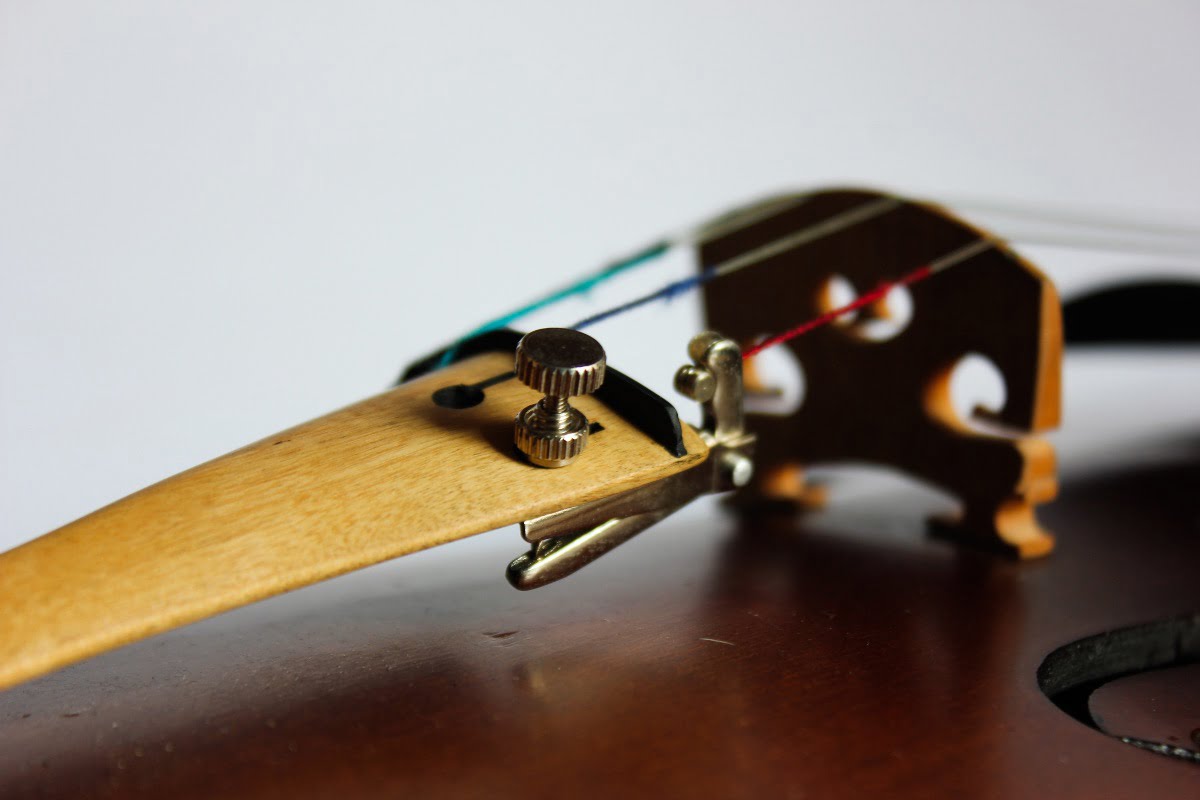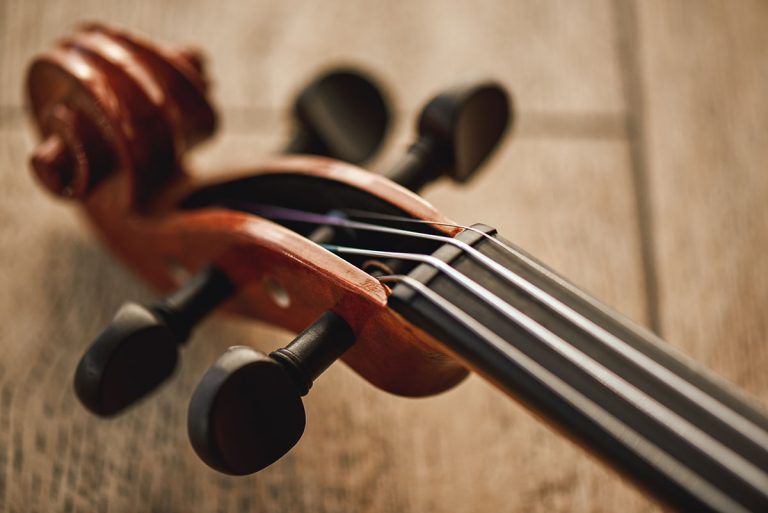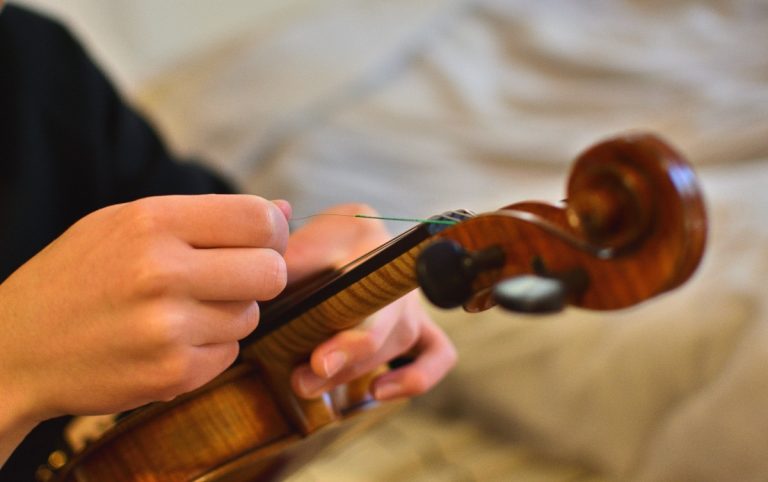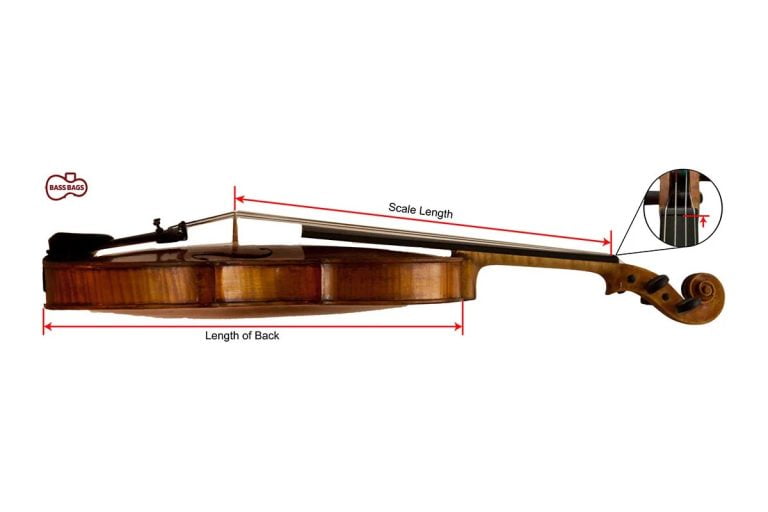Do I Need Fine Tuners On My Violin?
Introduction
The violin is a versatile and enchanting instrument, capable of producing an array of beautiful melodies. However, achieving the perfect sound often requires precise tuning. One question that comes up frequently, especially for beginner violinists, is whether fine tuners are necessary. In this article, we’ll discuss what fine tuners are, their pros and cons, and how they can impact your playing experience.
What Are Fine Tuners?
Fine tuners are small, adjustable devices attached to a violin’s tailpiece that allow for precise tuning. By turning the screw on the fine tuner, you can minutely adjust the tension of the violin strings, which affects the pitch. Fine tuners are particularly useful for making small adjustments without risking damage to the strings or the instrument.
Types of Fine Tuners
There are two main types of fine tuners: built-in and add-on.
Built-In Fine Tuners
Built-in fine tuners are integrated directly into the tailpiece. These are commonly found on beginner and student violins, as they offer a simple and straightforward tuning experience.
Tailpieces with integral fine tuners can be retrofitted to most violins. The Wittner Ultra model is a very popular tailpiece to fit.
Add-On Fine Tuners
Add-on fine tuners or string adjusters can be attached to the tailpiece of a violin. They offer more flexibility, as they can be added or removed according to the player’s preference. Add-on fine tuners are mostly used on the E string only. If you need fine tuners on all four strings, built-in fine tuners are better.
Pros of Using Fine Tuners
Fine tuners provide several benefits, including:
- Improved tuning accuracy and ease
- Reduced risk of string breakage
- Enhanced stability of pitch
- Greater control over string tension
Cons of Using Fine Tuners
There are also some drawbacks to using fine tuners:
- Potential loss of tone quality
- Additional weight on the tailpiece
- Increased maintenance requirements
Fine Tuners and Different Violin Strings
Gut Strings
Gut strings are generally incompatible with fine tuners due to the knotted string ends. A good alternative would be geared pegs, providing the gauge of the string is compatible and not too thick.
Synthetic Core Strings
Synthetic core strings are less sensitive to environmental changes than gut strings but can still benefit from fine tuners. Fine tuners allow for precise adjustments, ensuring the instrument stays in tune.
Steel Core Strings
Steel core strings are more stable and less sensitive to environmental changes. However, all metal strings, like Violin E strings really need a fine tuner. Steel strings in general benefit from fine tuners, and built-in is generally best, as they respond well to the precise adjustments fine tuners provide.
Beginner Violinists and Fine Tuners
For beginner violinists, fine tuners are essential. They make it easier to learn how to tune the instrument accurately and quickly, which is crucial for developing a strong foundation in playing the violin. Additionally, fine tuners can help prevent string breakage, which is more likely to occur when inexperienced players attempt to tune using only the pegs.
Intermediate and Advanced Violinists
For intermediate and advanced players, the use of fine tuners becomes more of a personal preference. Some players may find them unnecessary, while others may still prefer the precise tuning they provide. However, it’s essential to consider the type of strings being used and the specific requirements of the music being played when deciding whether to use fine tuners or not.
How to Install Fine Tuners
Installing fine tuners is a relatively simple process. For add-on fine tuners, follow these steps:
- Loosen the string that you want to attach the fine tuner to.
- Remove the string from the tailpiece.
- Fit the fine tuner through the hole in the tailpiece, and tighten the nut to secure it.
- Fit the string to the fine tuner
- Tighten the screw on the fine tuner to adjust the string’s tension.
Always be cautious when installing fine tuners to avoid damaging your instrument or strings.
When to Use Fine Tuners
Fine tuners are most beneficial when making small, precise adjustments to the pitch of your strings. They are particularly useful during practice sessions or performances when you need to quickly and accurately fine-tune your instrument.
Alternatives to Fine Tuners
For those who prefer not to use fine tuners, there are alternative methods for making small tuning adjustments:
- Peg compound or peg drops can improve the grip and smoothness of pegs, allowing for more precise tuning.
- Tailpiece adjusters can be used to change the string’s length, affecting its pitch.
- Geared pegs will give you fine-tuning with ease and no need for tuners on the tailpiece. They also have other advantages.
Maintaining Fine Tuners
To ensure your fine tuners continue to function effectively, regular maintenance is essential:
- Periodically check the screws for tightness and adjust as necessary.
- Keep the fine-tuners clean and free of dirt and debris.
- Lubricate the screws with graphite or a specialized lubricant if they become difficult to turn.
Common Fine Tuner Issues and Solutions
Some common issues with fine tuners include:
- Screws becoming stuck or difficult to turn: Try lubricating the screws or, if necessary, replacing the fine tuner.
- Buzzing or rattling sounds: Ensure the fine tuner is securely attached to the tailpiece and not touching the top of the violin.
Conclusion
Fine tuners can be a valuable addition to a violinist’s toolkit, particularly for beginners who are learning to tune their instruments. Ultimately, the decision to use fine tuners will depend on the player’s preferences, skill level, and the type of strings being used. By understanding the pros and cons of fine tuners and how they can affect your playing experience, you can make an informed decision about whether they are right for you.
Frequently Asked Questions
- Can I use fine-tuners on all of my strings? Yes, you can use fine tuners on all of your strings. However, many players choose to use them only on the E string due to its higher tension and susceptibility to tuning issues. If you need them on all strings use a tailpiece with integrated fine tuners.
- Do fine tuners affect the sound quality of my violin? Using fine tuners may slightly alter the sound of your violin, primarily due to the added weight on the tailpiece. However, the impact on sound quality is usually minimal and may not be noticeable to most listeners.
- Do professional violinists use fine tuners? Some professional violinists use fine tuners, while others prefer to rely on their pegs for tuning. It often comes down to personal preference and the specific requirements of the music being played.
- How often should I replace my fine tuners? There is no set timeline for replacing fine tuners, as their lifespan depends on factors such as usage and maintenance. You should replace your fine tuners if they become damaged, difficult to turn, or are no longer functioning properly.
- Can I install fine tuners myself, or should I have a professional do it? While it’s possible to install fine-tuners yourself by following the steps provided earlier in this article, it’s always a good idea to consult with our workshop if you’re unsure or inexperienced. We can help ensure that the installation is done correctly and safely without causing damage to your instrument or strings. You can contact us, and we’ll be happy to help.




